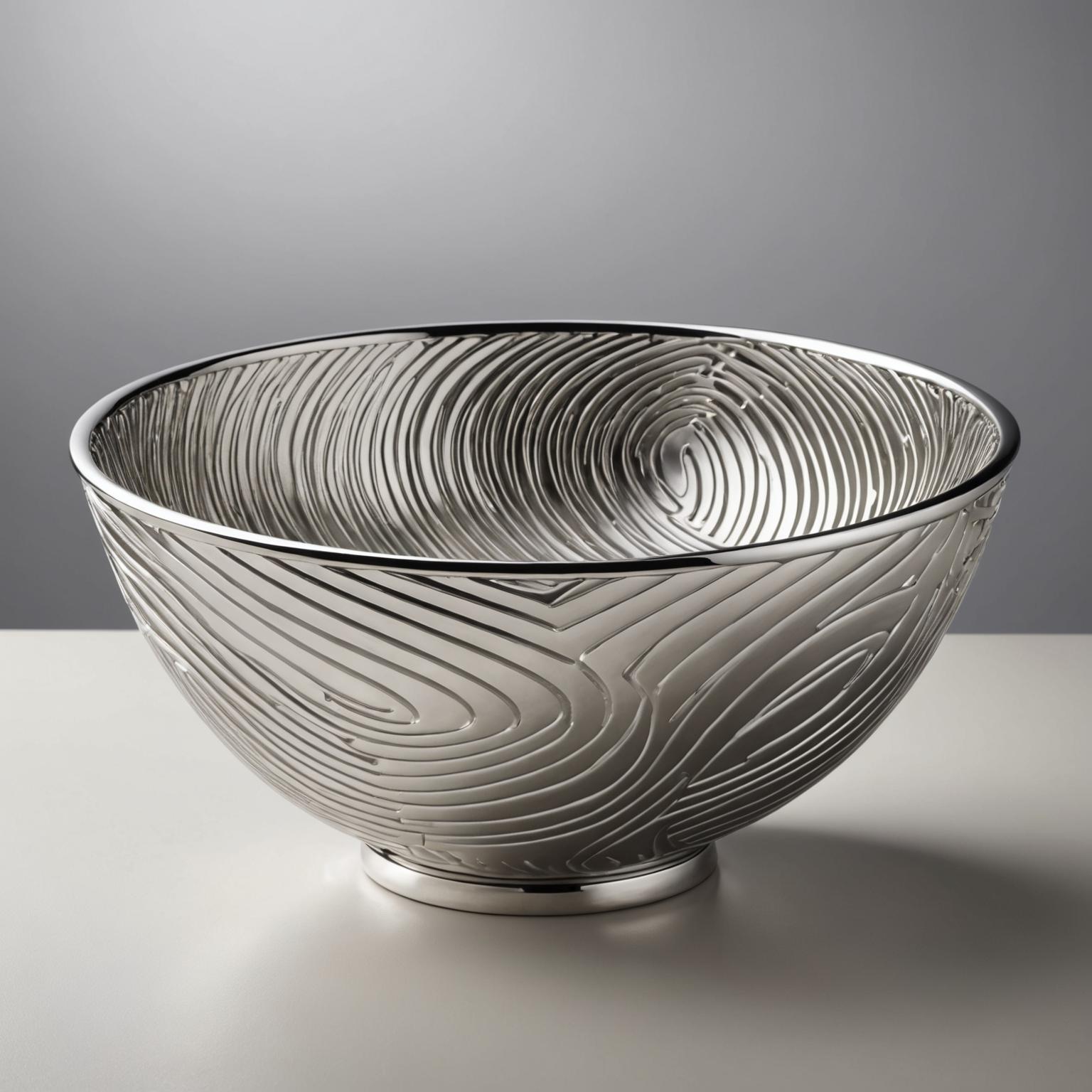When shopping for stainless steel products, you have likely encountered a puzzling situation. You see two items, perhaps two kitchen bowls or two sets of fixtures, both proudly labeled as being made from 304 stainless steel. Yet, one is remarkably inexpensive while the other carries a premium price tag. This common scenario often leads to the question, 'If they are made with the same nominal 304 material, why are the prices so different?' The answer is not simple, as it involves a complex interplay of material purity, manufacturing techniques, finishing processes, and design artistry. This guide will delve into the hidden factors that create this price disparity, helping you understand the true value behind the stainless steel items you choose for your home.
What Does "304 Stainless Steel" Really Mean?
To start, it's crucial to understand what "304 stainless steel" signifies. Grade 304 is the most common and versatile austenitic stainless steel. Its chemical composition typically includes about 18% chromium and 8% nickel, which gives it excellent corrosion resistance and formability. However, the "304" designation represents a standard, not a single, unvarying substance. Industry standards allow for a slight range in the percentages of these elements. While all products labeled 304 meet this basic chemical threshold, this is merely the starting point of the product's journey. The base material itself can vary in quality. Premium manufacturers often source their steel from renowned mills that have stringent quality control, ensuring higher purity and a more consistent elemental composition. Less expensive products might use steel with impurities or sourced from less reputable suppliers, which can subtly affect long-term durability and resistance to rust, even if it technically qualifies as grade 304.
From Sheet to Shape: The Manufacturing Journey
The transformation from a raw sheet of steel into a finished product is where costs can diverge dramatically. The thickness of the steel, known as its gauge, is a primary factor. A cheaper item might use a very thin gauge of 304 steel, making it feel flimsy and susceptible to dents. A high-quality piece will use a thicker, heavier gauge, providing a substantial feel and superior durability. Furthermore, the fabrication process itself is critical. Simple, mass-produced shapes are often made by stamping, a fast and inexpensive method. In contrast, a product with a complex and elegant design, such as a decorative bowl with a fluid, spiral form, requires far more advanced and costly manufacturing techniques. Processes like deep drawing, metal spinning, or hydroforming are needed to create sophisticated curves and unique shapes without compromising the integrity of the material. These methods are slower, require more specialized machinery, and involve a higher degree of skill, all of which contribute to a higher production cost.
The Finishing Touch: Why Surface Treatment Matters
Perhaps the most visible difference between inexpensive and premium stainless steel products is the finish. Achieving a flawless, beautiful surface is a labor-intensive and highly skilled art form. A low-cost item might have a basic, dull finish with visible machine marks or an inconsistent polish. A premium product, on the other hand, undergoes multiple stages of finishing. Consider a piece like the modern, sculptural stainless steel bowl described in our product showcase. Its "lustrous finish" and "smooth, polished surface" are not achieved by accident. This level of quality requires a meticulous process of grinding, sanding, buffing, and polishing with progressively finer abrasives to remove every single imperfection. A mirror finish, for example, is one of the most difficult and expensive to create because it reveals any flaw. The labor and expertise required to achieve this perfect, reflective surface add significant value and cost to the final product. The difference is in the details—the smoothness of the edges, the uniformity of the sheen, and the complete absence of any blemishes.
Beyond the Material: The Value of Design and Craftsmanship
Finally, we must consider the intangible yet crucial elements of design and craftsmanship. When you are looking at two products with the same nominal 304 grade, the price difference often reflects the investment in design innovation. A standard, utilitarian bowl serves a function. But a bowl designed as a "work of art" or a "sculptural masterpiece" serves an aesthetic purpose as well. This involves the cost of talented designers, research and development, and the creation of unique molds and tools. Such a piece is not just a container; it's a statement piece, a centerpiece that elevates the decor of a room. The exceptional level of craftsmanship, seen in the subtle twists and seamless construction, reflects a commitment to quality that goes far beyond mass production. You are paying for the artist's vision and the craftsman's skill. So, the next time you ask yourself, 'Why are the prices so different?', look closer. Feel the weight of the item, inspect the smoothness of its finish, and appreciate the elegance of its design. You'll find that with high-quality stainless steel products, you're not just buying a material grade; you're investing in durability, beauty, and lasting artistry.








